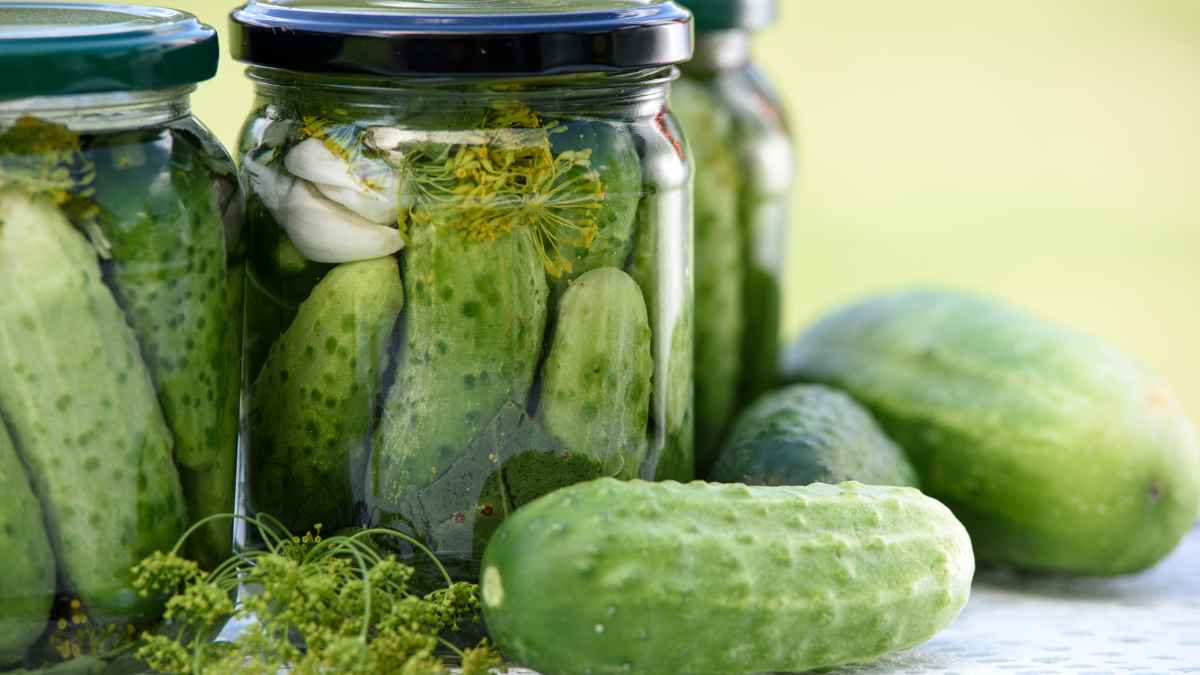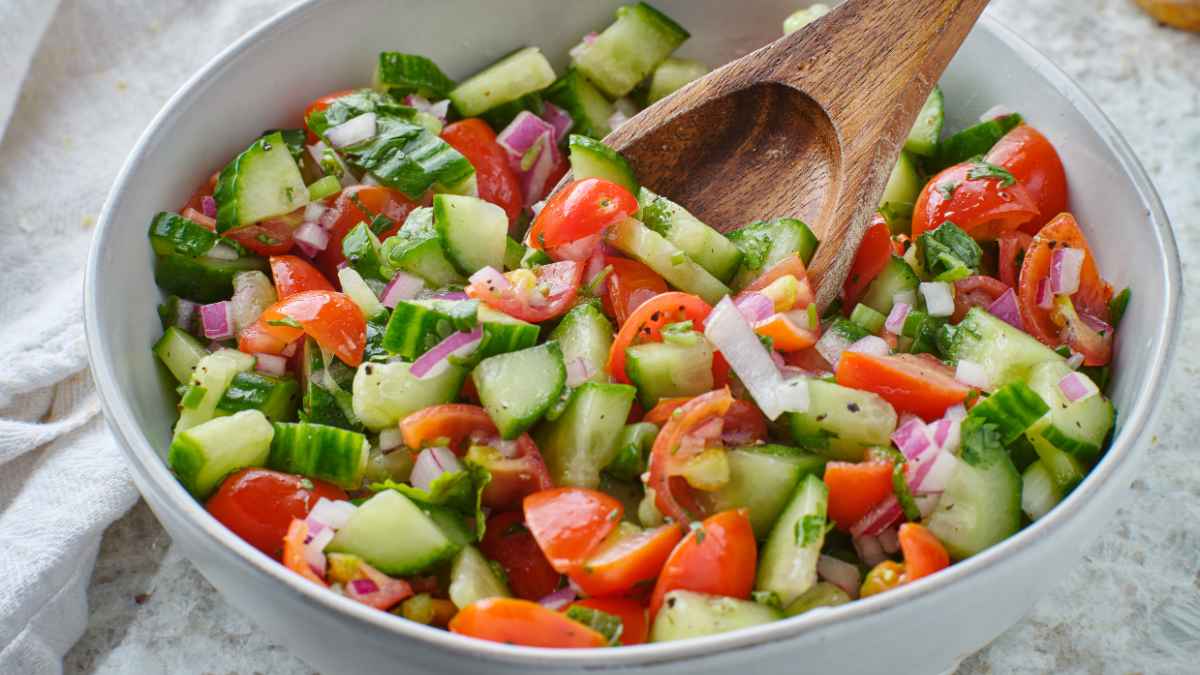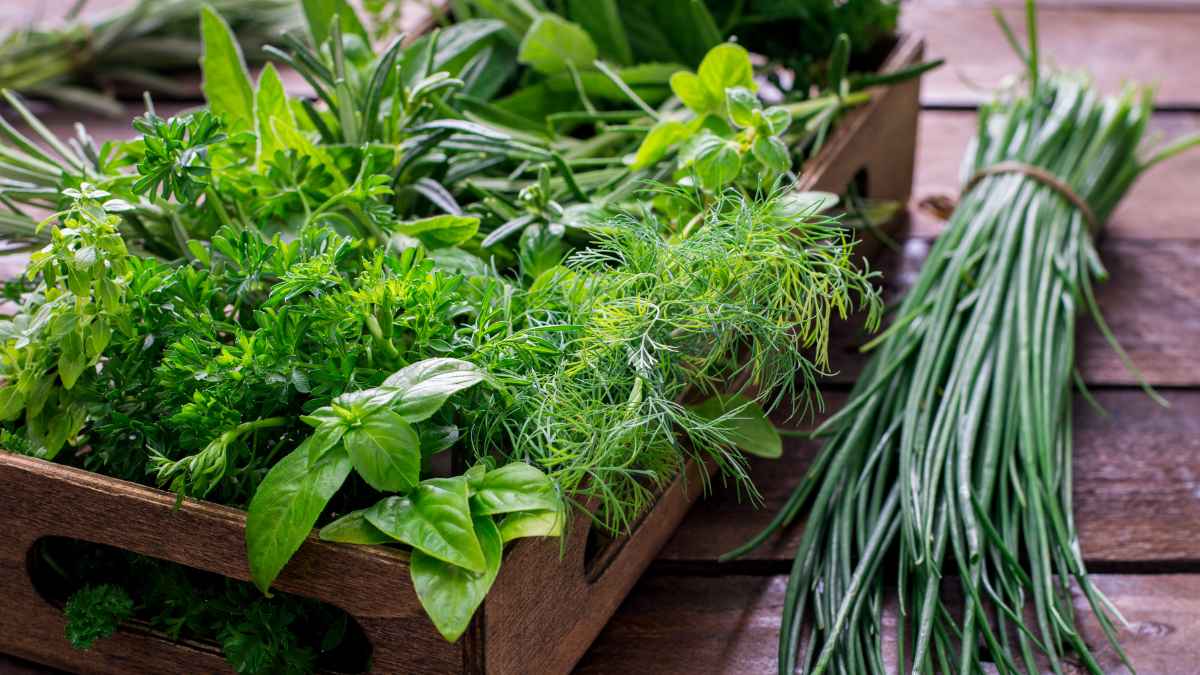
As the leaves turn to shades of orange and the air grows crisp, there’s nothing quite like a warm, comforting drink to cozy up with. This Pumpkin Spice Hot Chocolate is the perfect blend of rich chocolate and fall flavors, making it an ideal treat for chilly evenings. Follow this simple recipe to create a delicious beverage that will become a seasonal favorite for the whole family!
You’ll need:
- ½ cup milk
- ⅓ cup heavy whipping cream
- ¼ cup milk chocolate chips
- 1 teaspoon cocoa powder
- 1 ½ teaspoons pumpkin puree
- ¼ teaspoon pumpkin pie spice
- ¼ cup whipped cream
- 1 pinch ground cinnamon
- 1 pinch ground nutmeg
To make:
In a medium-sized saucepan, whisk together ½ cup of milk, ⅓ cup of heavy whipping cream, ¼ cup of milk chocolate chips, and 1 teaspoon of cocoa powder. Place the saucepan over medium heat.
Whisk the mixture over medium heat until the chocolate chips have melted completely and the hot chocolate is smooth, about 3-5 minutes.
Once the hot chocolate is smooth, stir in 1 ½ teaspoons of pumpkin puree and ¼ teaspoon of pumpkin pie spice. Mix until the pumpkin and spice are fully incorporated into the hot chocolate, creating a delightful pumpkin spice flavor.
Pour the hot chocolate into two mugs. Top each mug with a generous dollop of whipped cream. To finish, sprinkle a pinch of ground cinnamon and ground nutmeg over the whipped cream.
Visit our blog for more fall recipes and crafts!








